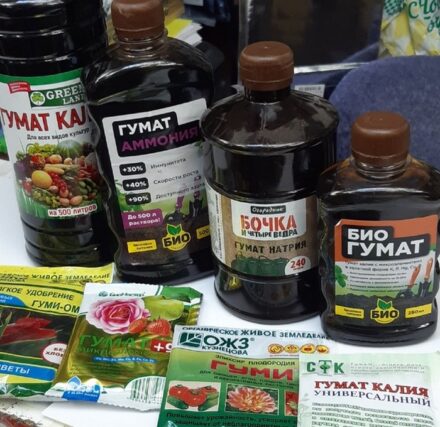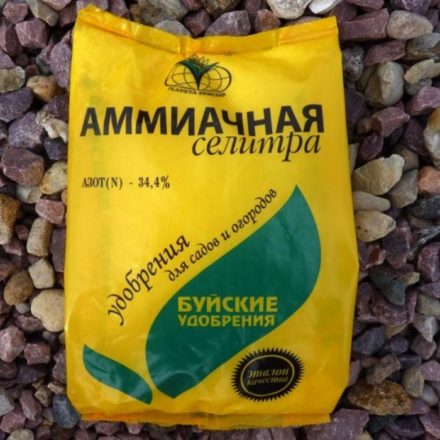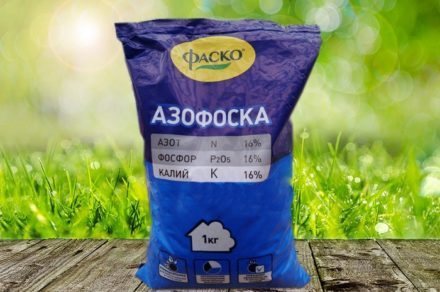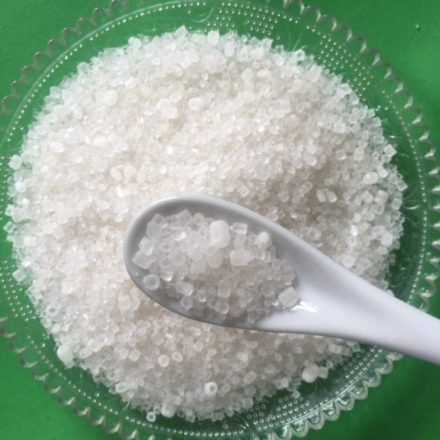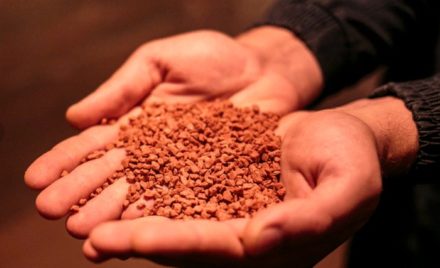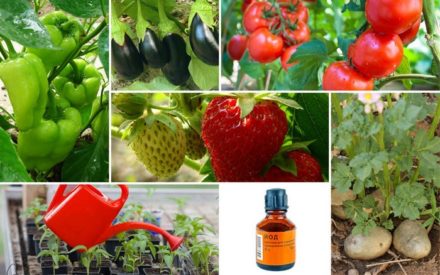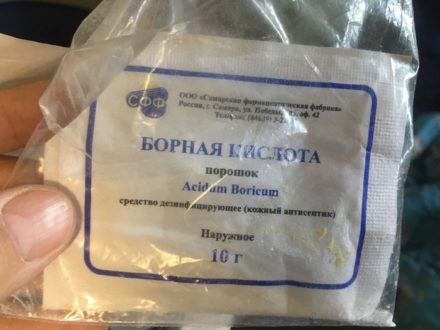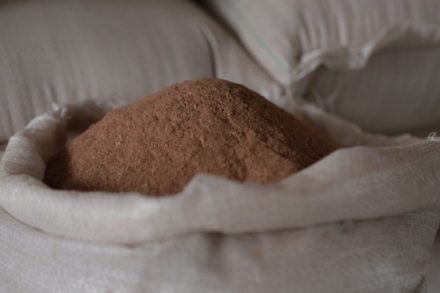Ash is a fertilizer containing many nutrients and minerals, including calcium, sodium, magnesium and potassium. It is suitable for many vegetable and garden crops, so it is often used in the spring when gardening begins.
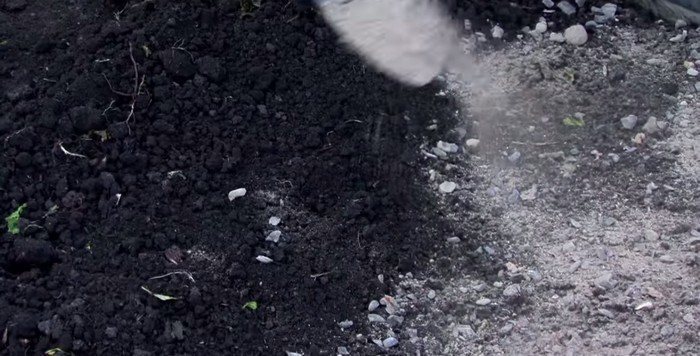
Which one is better to use?
Ash formed during the burning of old boards containing traces of paint, household waste or printed paper is not recommended for use as an organic fertilizer. The dyes and chemicals contained in these items will cause irreparable damage to the plants. It is difficult to talk about any benefit in this case.
Ash obtained from burning vegetation (grass, wood, branches, etc.) is best suited. It is worth noting that plants of different types and ages contain different percentages of minerals. For example, soft wood contains less calcium than hard wood. And the amount of potassium in young trees is much greater than in old ones. Herbs and sunflower stems also contain a large amount of potassium.
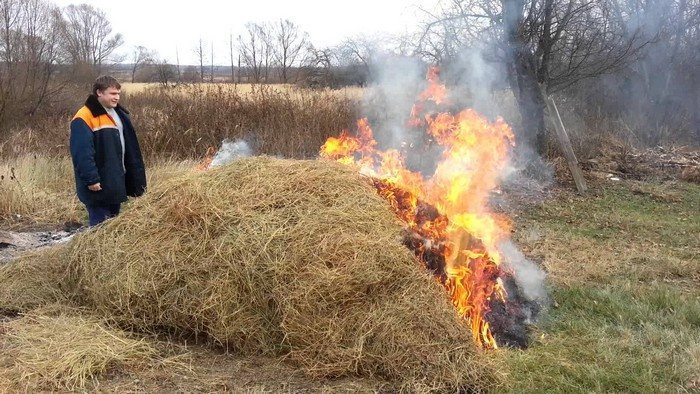
Use in conjunction with other fertilizers
To enhance the beneficial effect on plants and soil, you can use ash with overripe manure, compost or peat. Then the soil will be enriched not only with minerals, but also with organic substances.
It is undesirable to use ash with nitrogen and phosphorus fertilizers.When interacting with it, phosphates are not fully absorbed by the plant, and nitrogen-containing fertilizers weaken their effect. Therefore, it is recommended to fertilize the soil a month after using the ash.
Important! The use of fresh manure or droppings is prohibited. The nitrogen contained there turns into ammonia, which harms plants.
Use on site
In spring, ash is used to loosen and change the structure of the fertile layer. It has a high level of alkalinity, so it is necessary to reduce soil acidity. It is also used as a fertilizer when growing garden and garden crops for protection and prevention from pests and diseases. Despite the fact that ash is suitable for almost all crops, it will be harmful for plants that prefer soil with high acidity. Examples of such plants: cranberry, blueberry, rhododendron, camellia, azalea.
Use in the garden
Ash is used to fertilize many types of garden plants, but it is best suited for nightshade crops, tobacco, legumes, buckwheat, onions and garlic.
Before planting crops, during soil cultivation, it is necessary to add ash at the rate of 1 cup per 1 square meter. m for fertilizing potatoes, cucumbers, squash and zucchini. Potato tubers should be powdered with ash powder at the rate of 1 kg per 30 tubers, and when seedling crops, 1 tbsp. l. mixed with soil under each bush.

Before planting sweet peppers and tomatoes, you should add 3 cups per 1 square meter to the soil in advance. m.
Use in the garden
Ash affects garden trees and shrubs just as well as garden crops.Due to the absence of chlorine, it is used for crops sensitive to this substance. For example, currants, strawberries, raspberries and citrus fruits.
Planting currants and fruit trees can also be done in the spring. To do this, pour 1-2 kg of ash for trees and 3 cups for currants into the planting hole.
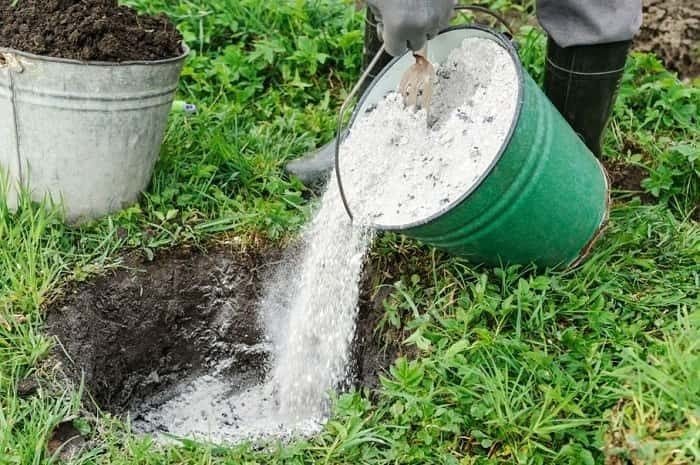
Protection from pests and diseases
Spring is the time when nature wakes up, but along with it pests also appear. Ash is a universal means of combating and preventing many types of harmful insects and diseases.
It is an excellent remedy for:
- snails and slugs. To protect crops, it is scattered directly under the bushes. It will become difficult for these animals to move, so they will soon stop harming crops;
- powdery mildew, white and gray rot. It is sprinkled on the affected areas;
- moths, caterpillars and other pests. It is necessary to spray the crops with a soap-ash solution in the evening in calm weather a couple of times a month.
To prepare a solution against harmful insects, you need to mix 2 cups of water and 4 tbsp. l. ash, then add 1/3 of a piece of laundry soap, previously dissolved in 2 liters of water. For large volumes of spraying, boil 300 g of ash for half an hour. Strain the resulting solution and bring the volume to 10 liters. For better adhesion of the solution to the plants, you can add 40 g of any soap.
Thus, ash is one of the universal, effective and affordable fertilizers, which is used at any time of the year, including in spring.The content of a large number of a wide variety of useful substances necessary for the healthy development of plants, and its effectiveness in controlling pests make it indispensable in gardening.




